SPRING CYCLING GEAR GUIDE:
Dressing Smart for Fluctuating Temperatures
As the grip of winter loosens and the days grow longer, spring beckons cyclists to hit the roads, trails, and gravel. But transitioning from winter’s chill to Spring’s warmth can be complicated, especially when deciding what to wear. Spring brings a significant temperature influx, especially here in Utah, and what you wear at the start of your ride might not be suitable by the time you finish. Luckily, at DNA Cycling, we considered this when creating our cycling apparel. Our products are highly versatile, and if they can handle Utah in the Spring, they can handle just about anywhere. Here are some key considerations and clothing recommendations to ensure you’re comfortable and prepared for whatever Spring throws your way.
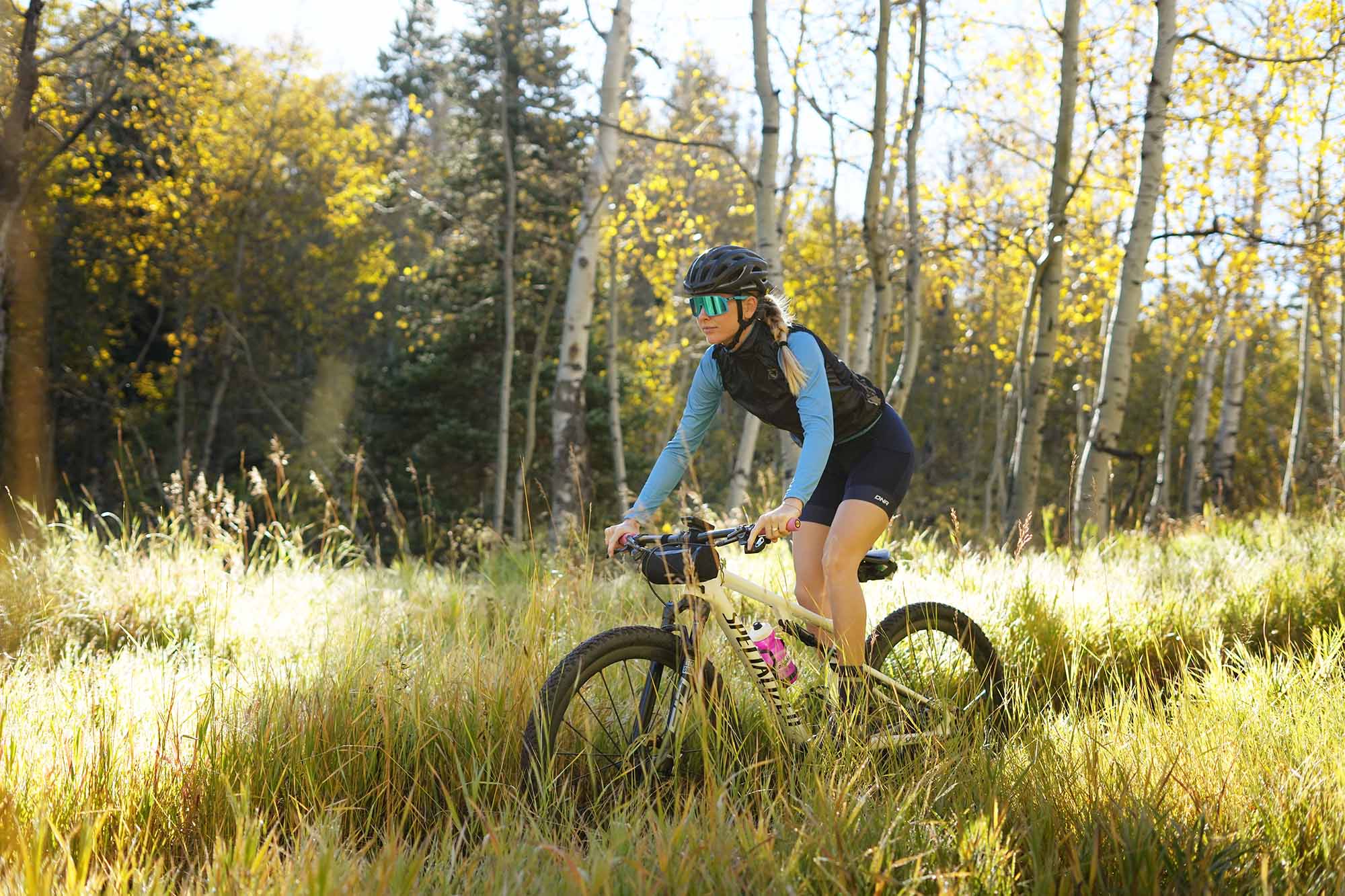

1. CONSIDER THE TYPE OF RIDE
Whether you tackle mountain bike trails, cruise along smooth roads, or explore gravel routes, the type of ride you embark upon influences your clothing choices. Mountain biking often involves slower speeds and intense bursts of energy, while road cycling means higher speeds and potential wind chill. Gravel rides offer their challenges with variable terrain and conditions. For longer rides, it’s always better to be safe than sorry. You can always stow away layers in your jersey back pockets. Understanding the demands of your chosen ride helps you select the proper clothing. A helpful tip is to start cold and get your blood flowing to enter a comfortable temperature.
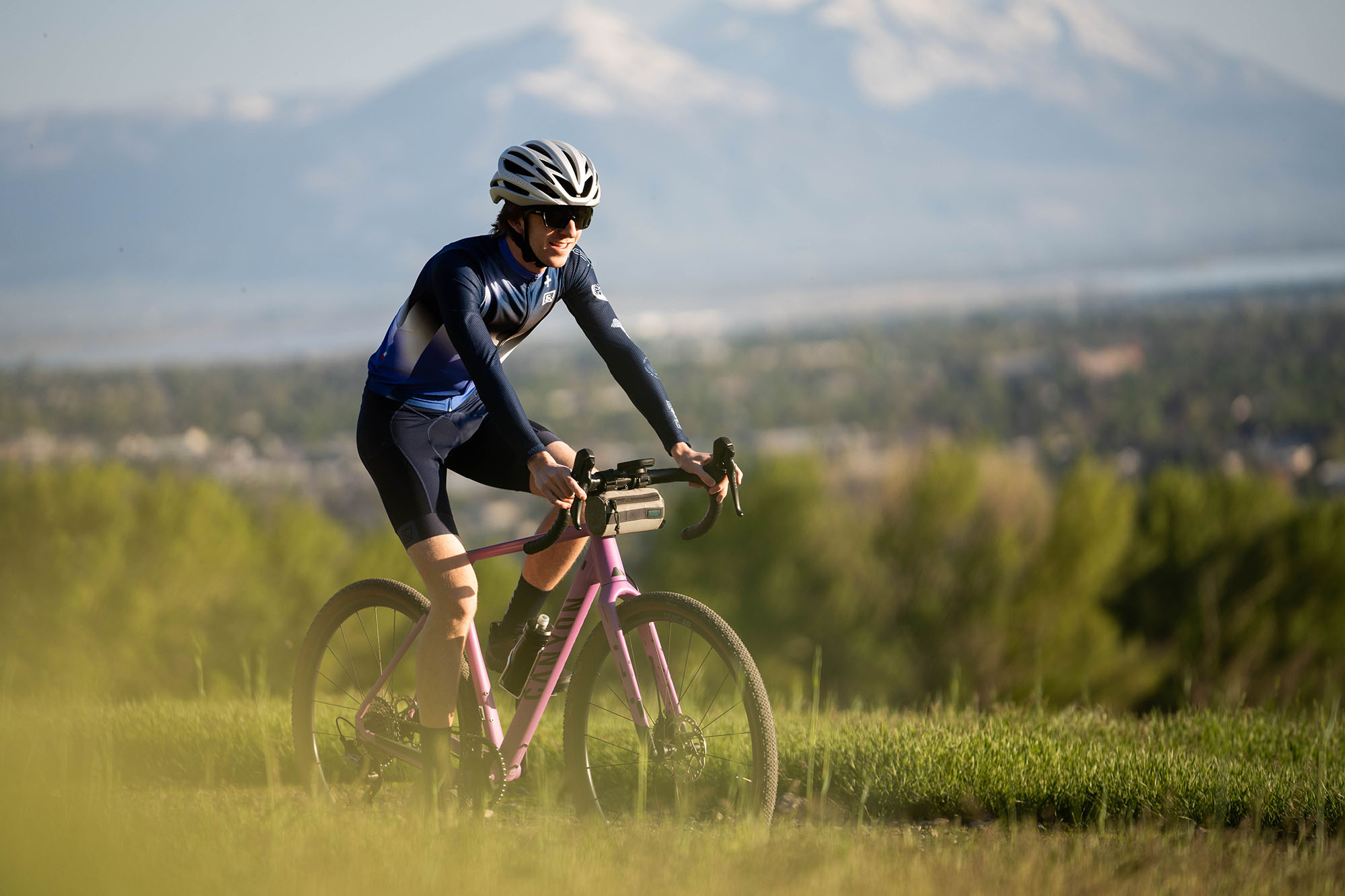

2. FACTOR IN SUNLIGHT AND SHADE
Spring days can vary from bright and sunny to cool and overcast. The exact temperature can drastically differ depending on whether you ride in direct sunlight or under shady tree canopies. Keep this in mind when planning your outfit, opting for breathable fabrics and sun protection if you’ll be exposed to sunlight for prolonged periods. Our Verde Jersey is available in short-sleeve and long-sleeve options and can be a capable jersey option for the Spring. Before every ride, we recommend plugging your route into the EpicRideWeather app. This is the app that we recommend checking out, and it can give you very detailed weather predictions for your route.
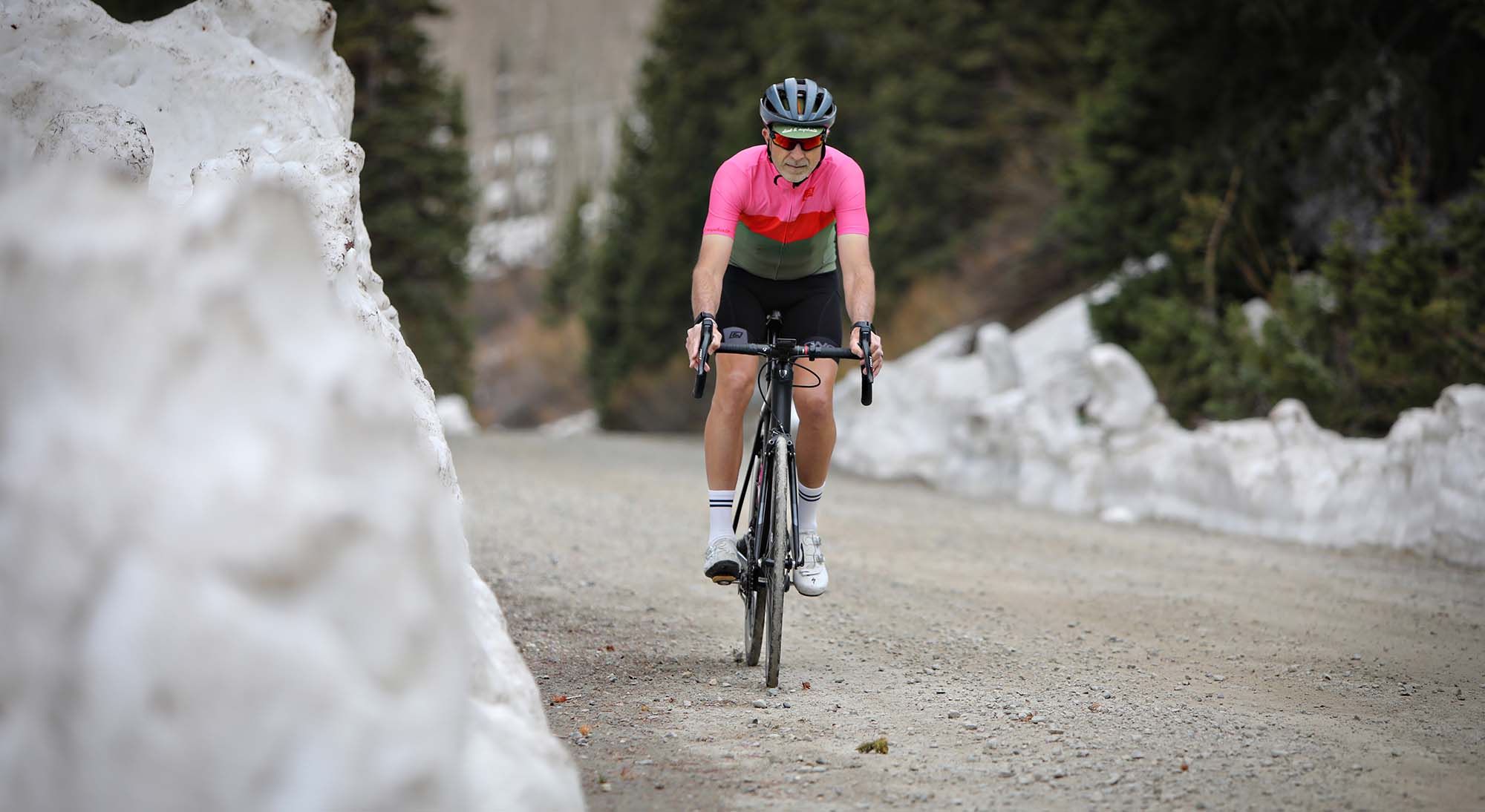

3. ASSESS GROUND CONDITIONS
Wet ground from previous rain or melting snow can significantly cool, making you feel colder than the ambient temperature suggests. When riding in these conditions, we recommend layering up with our Merino Wool offerings, as they will help keep you warm even when wet. Merino Wool socks can be day savers on days like these, as they keep your feet from freezing. You can also cut up a plastic shopping bag and wrap it around your toes for an extra layer of warmth and waterproofness. If you plan on getting wet, wear an Event Vest until it becomes too damp, and then pack it out to stay dry for as long as possible. Toss on an “Ass-Saver” fender to help with the moisture flick-up. Another pro tip is to bring a small bottle of chain lube, as it will most likely wear off during the ride. No one likes a noisy drive train!
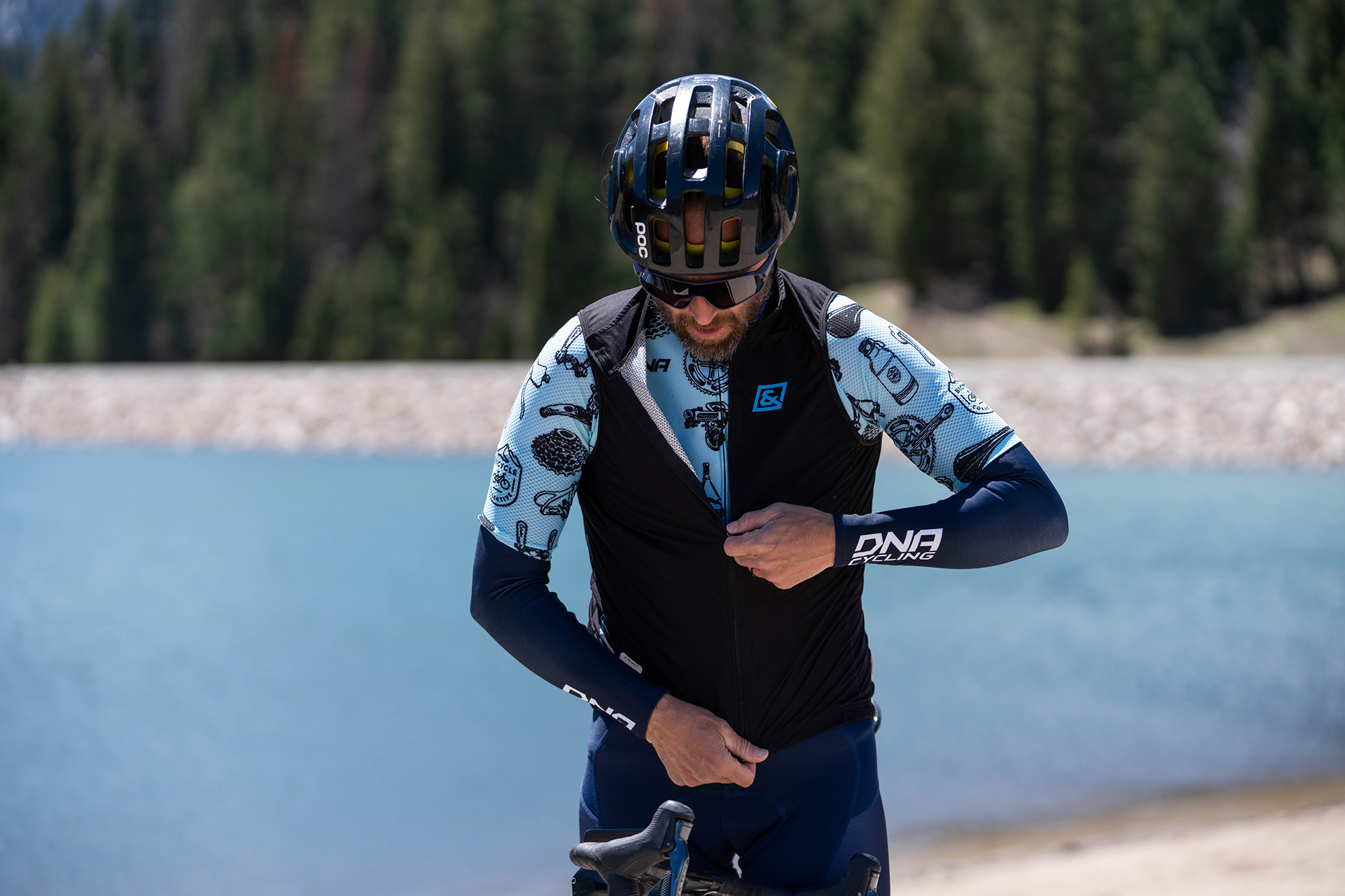

4. LAYER UP FOR VERSATILITY
Layering is crucial in adapting to fluctuating temperatures throughout your ride. Add or remove clothing as needed to regulate your body temperature, starting with a lightweight base layer. For example, when the temperature is around 55 degrees Fahrenheit, opt for regular short bibs paired with a lightweight long-sleeve jersey. Add a vest or a base layer for extra warmth during the warm-up phase, and stash it away as you heat up on climbs. As the Boy Scouts say, “Always Be Prepared.”
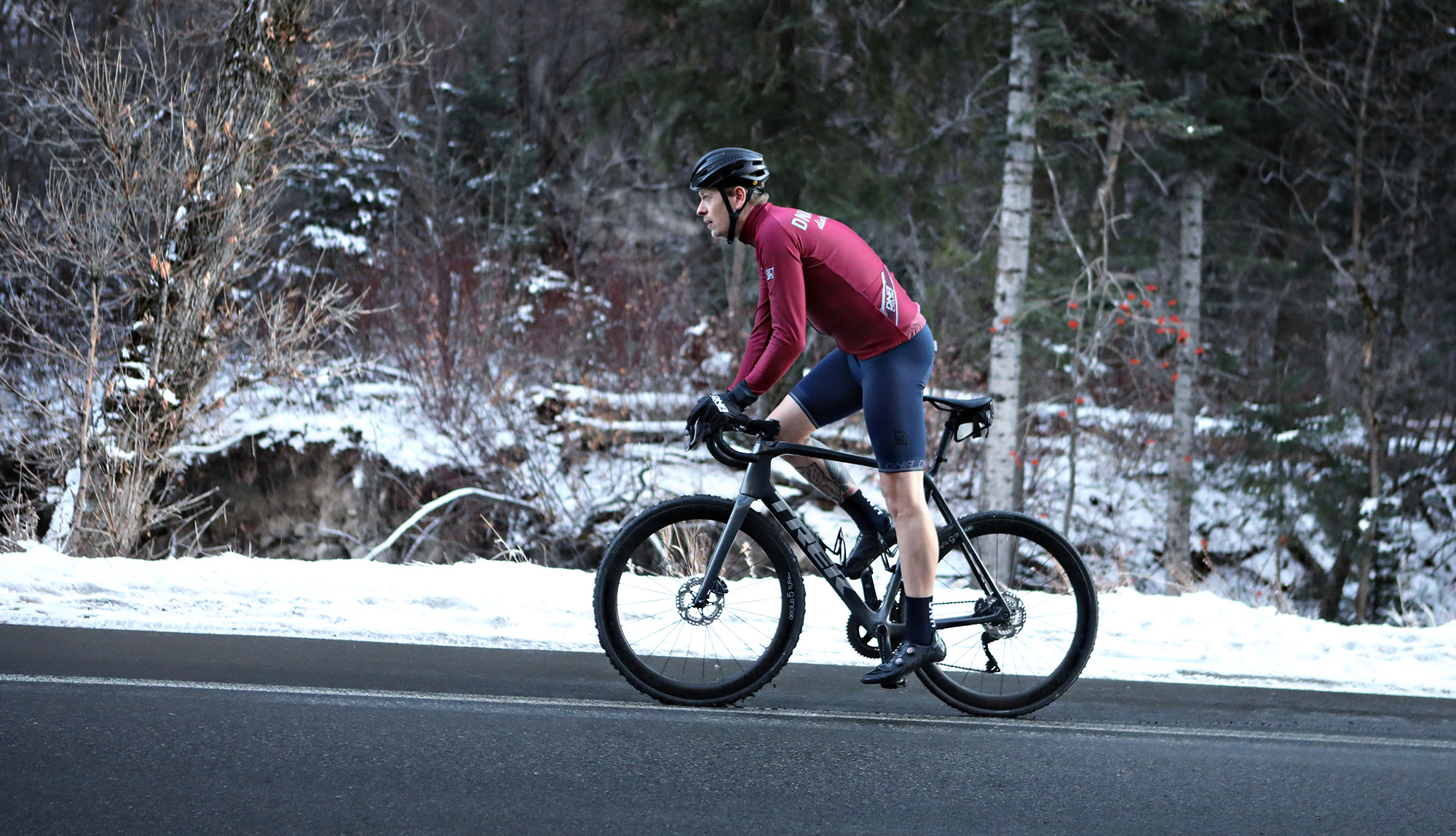

5. CHOOSE VERSATILE GEAR
Invest in versatile pieces like knee warmers and our Duo-Jacket, which offer flexibility as temperatures change. For temperatures between 40 and 50 degrees Fahrenheit, consider wearing knee warmers with a Duo-Jacket that allows you to remove sleeves and warmers as needed. Similarly, arm warmers are handy for temperatures below 50 degrees Fahrenheit, offering easy adjustment for climbs and descents. You don’t want to overheat on the climb, get too sweaty, and make the descent that much colder. When temperatures exceed 55 degrees, you can usually get away with short bibs, a short-sleeved jersey, and a vest. You can stash layers in our nifty Dirt Bag that sits conveniently on your handlebars.
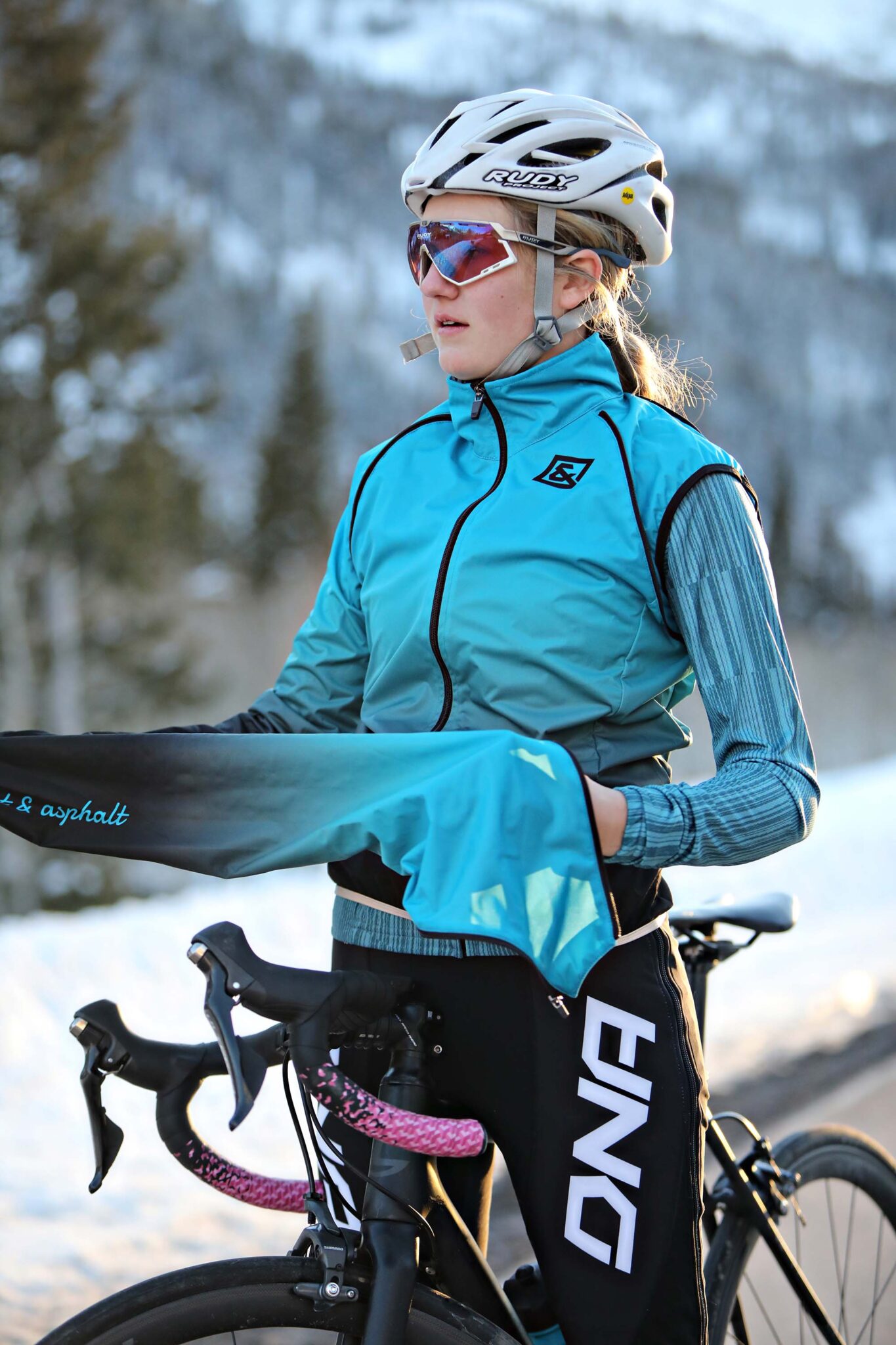

6. DON'T FORGET THE EXTRAS
In unpredictable spring weather, accessories like neck buffs become invaluable. Not only do they provide warmth when needed, but they can also be easily removed or repurposed as sweat rags or handkerchiefs; for those prone to allergies or who don’t love getting smoked out by a diesel truck, a neck buff offers added protection against pollen, rollin’ coal, and dust, enhancing your time on the saddle. Gloves are always a good idea, as they provide extra comfort, warmth, and grip when wet.
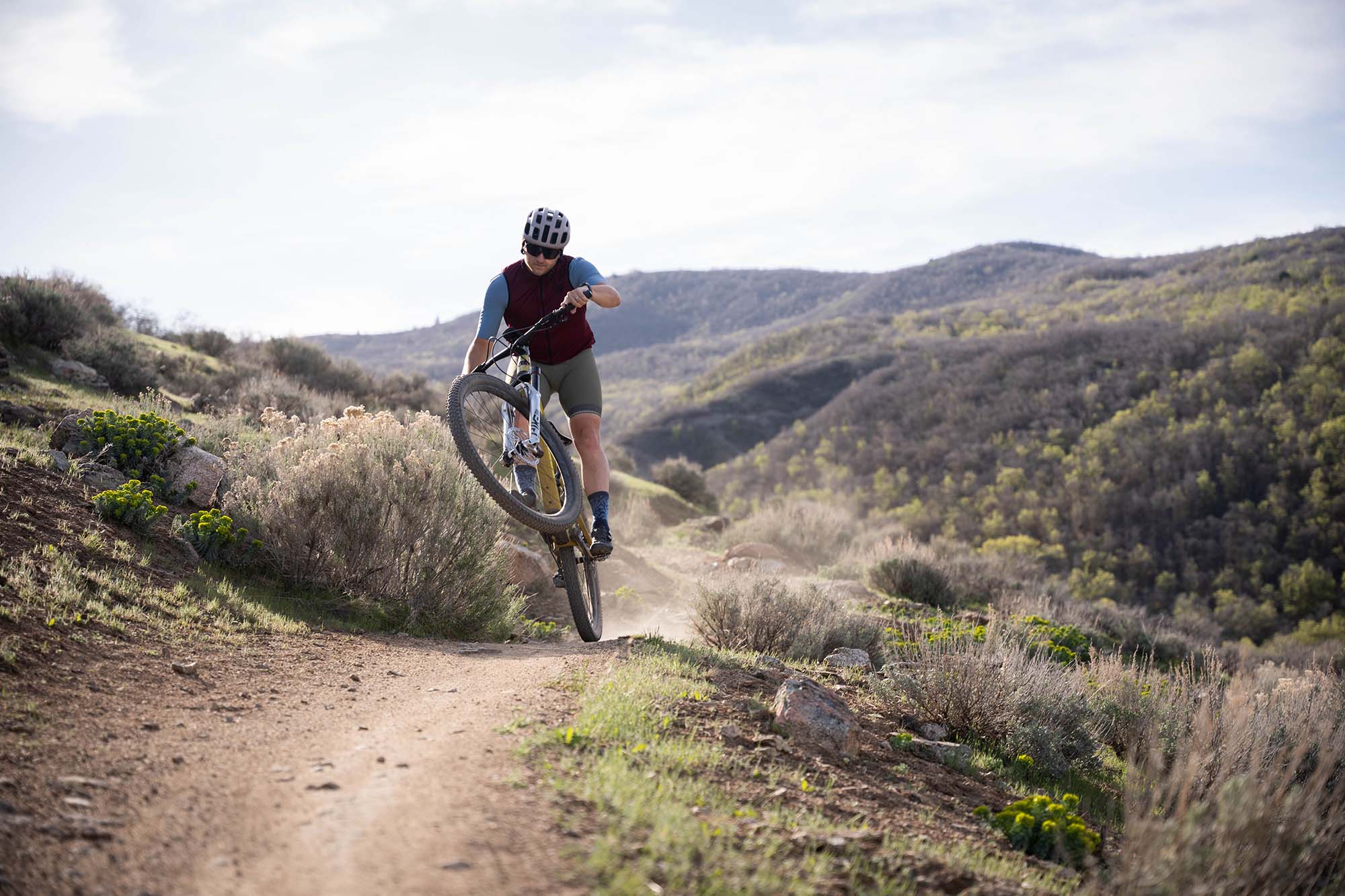

Spring cycling presents unique challenges, but you can enjoy the season to the fullest with the proper clothing and gear. Consider factors such as ride type, sunlight exposure, ground conditions, and layering options to stay comfortable and adaptable on every spring adventure. Explore our collection at DNA Cycling for high-quality, performance-driven cycling apparel designed to meet the demands of changing seasons and varied terrain. Happy riding!
Get started by contacting us here:
📧 – sales@dnacycling.com
📞 – (801)-676-5057
🏠 – 584 E 1100 S St Suite #1, American Fork, UT 84003
📲 – @dnacycling


